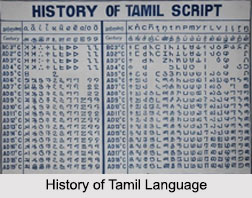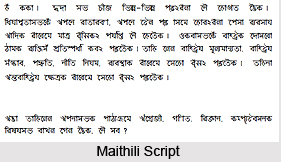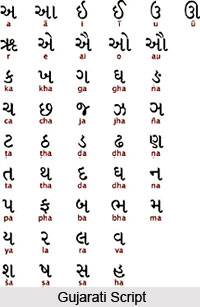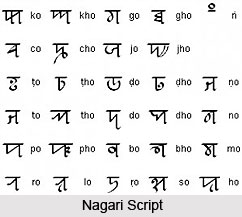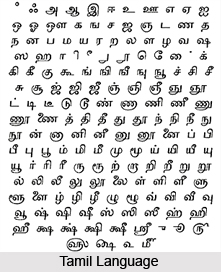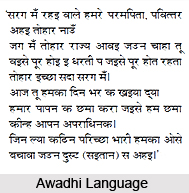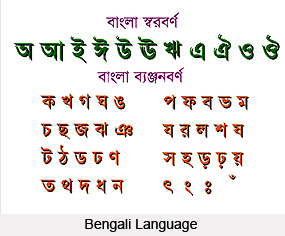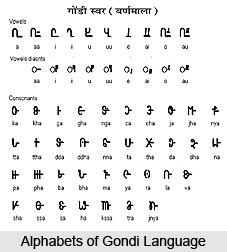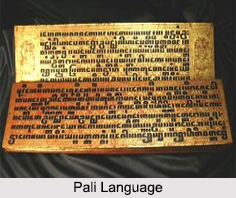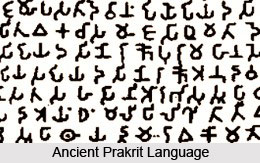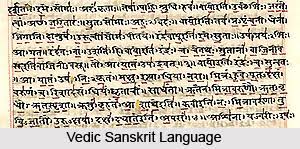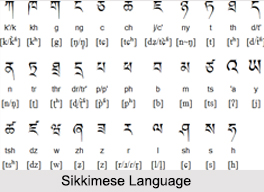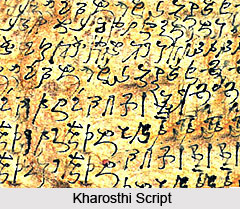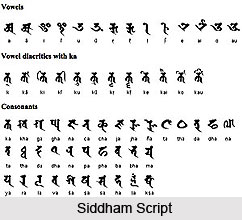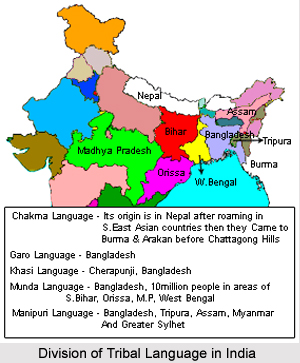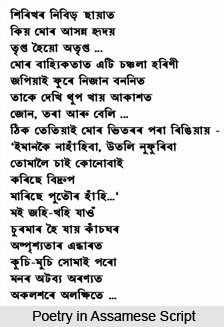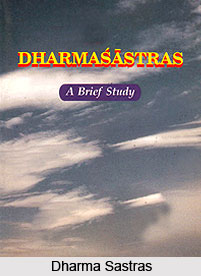 Origin of Dharma Sastra reveals that it is a text that belonged to the fourth or fifth century probably. It is a genre of Sanskrit texts. Dharma Sastra is akin to ritual, daily life of the people, duties of all kinds that included etiquette and social usage, moral, legal, or religious, rules affecting caste. Sutras of this kind are known as Dharma sutras. However no vital distinction was felt between the Srauta sutra and Grihya sutras. The whole is ranked as Kalpa sutras. They were composed in prose in brief.
Origin of Dharma Sastra reveals that it is a text that belonged to the fourth or fifth century probably. It is a genre of Sanskrit texts. Dharma Sastra is akin to ritual, daily life of the people, duties of all kinds that included etiquette and social usage, moral, legal, or religious, rules affecting caste. Sutras of this kind are known as Dharma sutras. However no vital distinction was felt between the Srauta sutra and Grihya sutras. The whole is ranked as Kalpa sutras. They were composed in prose in brief.
One of the oldest Dharma sutra is the Gautamiya Dharma sutra. It seems to belong to the Ranayaniya School of the Samaveda and its text is not free from interruption. Harita Dharmashastra written in thirty Adhyayas exists in one manuscript. Both these are mentioned by the Vasistha Dharmashastra which is preserved either in fragmentary or interpolated manuscripts. The Baudhayana Dharmashastra and the Apastambiya Dharma sutra are parts of greater complexes. The school of Hinayana is akin to the Apastambiya. The dates of these works have often been determined on some historical assumptions and therefore they cannot be placed later than the fourth or fifth century B.C.
The Vaishnava Dharmashastra is even more interpolated as Vaishnavas have turned it into the manner of a dialogue between Lord Vishnu and the earth. This deals with duties of the castes and of the different stages of the life of the Brahmin though predominantly with the period of life when asceticism should be practiced.
The unsatisfactory state of the text proves the decline in importance of the old Vedic schools which had preserved the text intact. There developed a tendency to study law in special schools which was not content to adopt the practices of any single Vedic school. To the activities of these schools one can owe the vast amount of didactic verse which is found in the Mahabharata and in the later law books. These schools are Brahmanical. They represent the Brahmanical ideals in their widest sense. They represent in a sense the general Brahmanical feeling as opposed to the narrow realism of the Purohitas, domestic priests and their associates.

